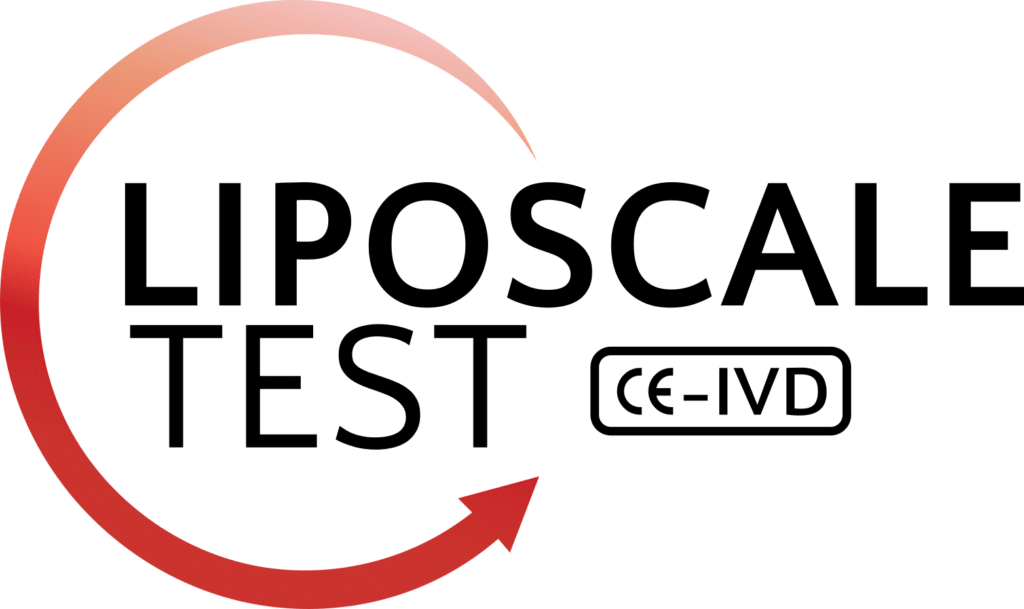Abstract
Background: There is growing evidence that oxidative stress (OS) is a critical factor linking obesity with its associated comorbidities, such as cardiovascular diseases.
Aim: To evaluate the degree of OS in people with morbid obesity and its relationship with glycoproteins, determined using 1H-NMR spectroscopy, before and after bariatric surgery (BS).
Methods: In this observational cohort study, plasma from 24 patients with BMI ≥ 40 kg/m2 (age: 21-65 years) was used to measure metabolites implicated in OS. We measured glycoprotein (GlycA, GlycB and GlycF) areas and shape factors (H/W = height/width).
Results: One year after BS, oxidized low-density lipoprotein had decreased by 49% (P < .0001), malondialdehyde by 32% (P = .0019) and lipoprotein (a) by 21% (P = .0039). The antioxidant enzymes paraoxonase-1 and catalase increased after BS (43%, P < .0001 and 54%, P = .0002, respectively). Superoxide dismutase-2 had fallen 1 year after BS (32%, P = .0052). After BS, both the glycoprotein areas and shape factors decreased by 20%-26%. These glycoproteins were significantly correlated with OS parameters. The plasma atherogenic index was 63% higher in obese individuals than 1 year after BS and correlated positively with glycoproteins.
Conclusion: For the first time, we here demonstrate the relationship between OS parameters and glycoproteins in people with morbid obesity. So glycoproteins could therefore be a good indicator, together with the oxidative state to assess patient prognosis after BS.


